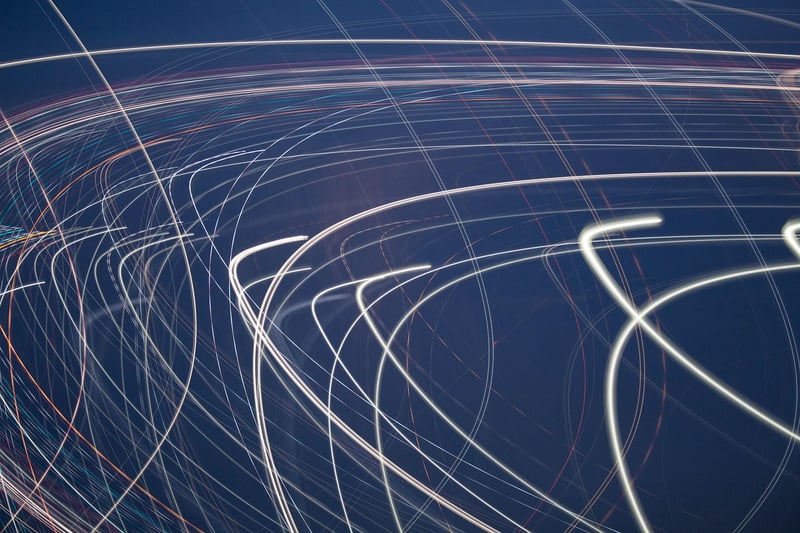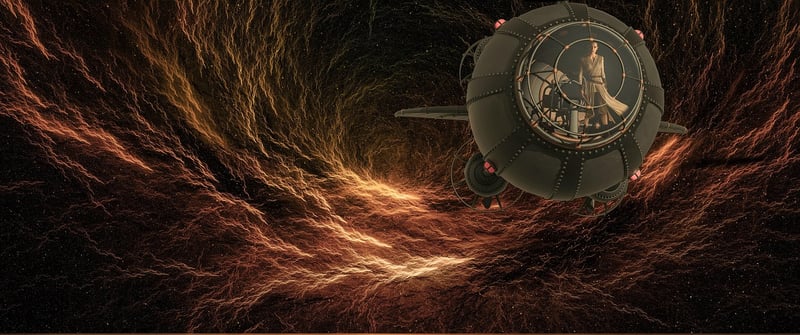Causal Loops
Dive into Temporal Anomalies & Causal Loops
Time travel has long been a fascinating topic in science fiction, inviting us to ponder the complexities of temporal anomalies and causal loops. Let's explore these mind-bending concepts that challenge our understanding of time and causality.
Understanding Temporal Anomalies
Temporal anomalies refer to disruptions or irregularities in the flow of time. These anomalies can manifest in various forms, such as time loops, time dilation, or even alternate timelines. One famous example of a temporal anomaly is the grandfather paradox, where a time traveler inadvertently alters the past, leading to a paradoxical situation where they might prevent their own existence.
Types of Temporal Anomalies:
- Time Loops: Events that repeat themselves indefinitely.
- Time Dilation: Time passing at different rates for different observers.
- Alternate Timelines: Parallel universes with divergent realities.
Exploring Causal Loops
Causal loops, also known as bootstrap paradoxes, are situations where an event is its own cause. In a causal loop, an object or information is sent back in time, leading to its own creation or existence without a clear origin. This concept challenges traditional ideas of cause and effect, creating a loop where the beginning and end are intertwined.
Characteristics of Causal Loops:
- Self-Perpetuating Events: Events that create themselves in a loop.
- No Discernible Origin: The cause of the loop is unclear or non-existent.
- Paradoxical Nature: Defies linear notions of cause and effect.
Conclusion
Temporal anomalies and causal loops provide a fascinating glimpse into the complexities of time and the intricacies of causality. While these concepts may challenge our understanding of the universe, they spark our imagination and invite us to ponder the mysteries of time travel and its implications.
So, next time you delve into a time-bending story or movie, keep an eye out for these intriguing phenomena that blur the lines between past, present, and future.


